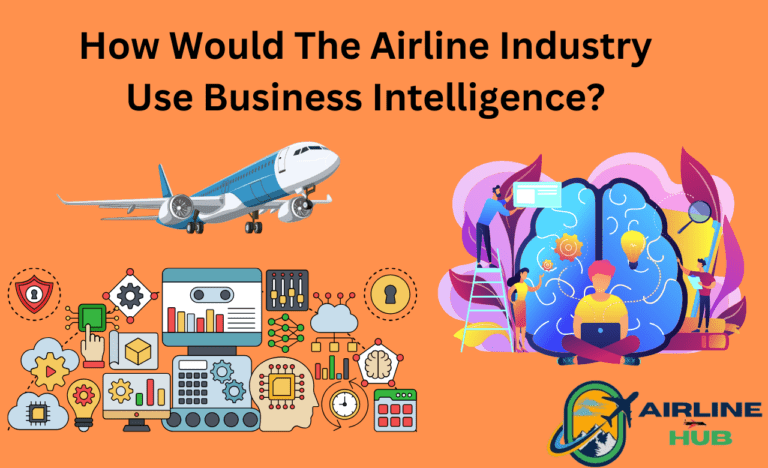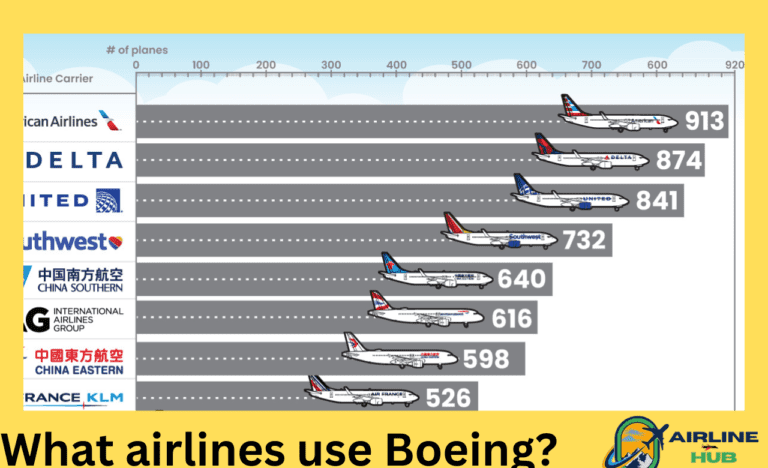How do I win an interpretive airline simulation?
Take a flight into the intricacies of aviation management through an interpretive airline simulation. It’s a realm where strategic prowess reigns supreme, challenging participants to master every facet of airline operations. Success demands a deep understanding of game mechanics and a commitment to constant growth. Join us as we uncover the secrets to triumph in this exhilarating journey.
Understanding the Game Mechanics
At the heart of interpretive airline simulation lies a complex framework that mimics real-world aviation dynamics. Participants are tasked with managing various aspects of an airline, including fleet selection, route planning, pricing strategies, and operational efficiency. Mastering game mechanics and strategic leverage is pivotal for success.
Mastering Airline Economics
A firm grasp of airline economics is central to winning in interpretive airline simulation. Participants must navigate the intricacies of revenue management, cost optimization, and profit maximization. By applying economic principles such as supply and demand dynamics, pricing elasticity, and marginal analysis, players can steer their airlines toward financial prosperity.
Crafting effective routes and networks
The foundation of any successful airline lies in its route network. Designing routes requires careful planning, considering market demand, competition, and geography. By strategically expanding their network and optimizing route profitability, participants can gain a competitive edge in the simulation.
Optimizing fleet management
The choice and management of aircraft fleets play a crucial role in airline operations. Participants must carefully evaluate factors such as aircraft performance, capacity, and operating costs to assemble an efficient fleet. Maximizing efficiency and profit hinges on optimizing fleet usage, scheduling, and maintenance.
A Strategic Guide
Understanding market dynamics is crucial in the ever-changing realm of airline simulation. Participants must stay attuned to changing market trends, passenger preferences, and competitive pressures. By adapting their strategies in response to market dynamics, players can capitalize on emerging opportunities and mitigate risks.
Leveraging pricing strategies

Pricing strategies are paramount to maximizing revenue and profitability. Participants must employ sophisticated pricing models, such as dynamic pricing and revenue management systems, to optimize fare structures and seat inventory. By aligning pricing strategies with demand patterns and market conditions, players can maximize revenue while maintaining competitiveness.
Achieving Balance
Balancing supply and demand is crucial for sustainable growth. Participants must carefully manage capacity and inventory to avoid underutilization or overbooking. By implementing demand forecasting techniques and capacity management strategies, players can ensure optimal resource utilization while meeting passenger needs.
Managing operational efficiency
Operational efficiency is a cornerstone of airline success. Participants must streamline operational processes, from check-in procedures to aircraft turnaround times, to minimize costs and enhance productivity. Utilizing technology and best practices enhances operational efficiency and ensures a smooth passenger experience.
Maximizing passenger satisfaction
Passenger satisfaction is paramount to building brand loyalty and reputation. Participants must prioritize customer experience across all touchpoints, from booking to baggage claim. By offering personalized services, amenities, and customer support, players can foster loyalty and differentiate their airline in a competitive market.
Analyzing Competitor Strategies
Understanding competitor strategies is essential for strategic positioning. Participants must analyze competitor moves, market share, and pricing tactics to identify strengths and weaknesses. By benchmarking against industry peers and adapting strategies accordingly, players can gain a competitive advantage and capture market share.
Forecasting Demand and Trends
Accurate demand forecasting is critical for effective capacity planning and revenue management. Participants must leverage data analytics and market intelligence to anticipate passenger demand and market trends. By staying ahead of demand fluctuations and consumer preferences, players can optimize route planning and resource allocation.
Adapting to Regulatory Challenges
Navigating regulatory challenges is a crucial aspect of airline management. Participants must ensure compliance with aviation regulations, safety standards, and government policies. Keeping up with regulatory changes and tackling compliance issues head-on helps minimize risks and protect operations.
Embracing Innovation
Technology and innovation propel airline competitiveness forward. To excel, participants must adopt futuristic technologies like AI, IoT, and data analytics, revolutionizing both operations and passenger satisfaction. Innovation empowers players to gain a strategic edge and lead the pack.
Overcoming Challenges
In airline operations, risk management is vital, requiring proactive strategies to navigate economic, geopolitical, and safety challenges and ensure resilience in crises.
The Power of Collaboration
Collaborating with strategic partners, such as airlines, airports, and service providers, holds the key to unlocking fresh opportunities and synergies in the aviation industry. Building solid alliances fosters network expansion and capability enhancement, driving growth and bolstering competitive advantage.
Reputation Boost
In the airline industry, brand image and reputation are priceless. Participants must cultivate a strong brand identity and deliver consistent, high-quality service to build trust and loyalty among passengers. By investing in branding initiatives and reputation management, players can strengthen their brand and attract more customers.
Infrastructure Investment
Top-notch infrastructure and facilities are crucial to elevating the passenger experience in the airline industry. Participants must invest in modernizing airports, lounges, and onboard amenities to meet evolving traveler expectations. By creating a seamless and comfortable travel experience, players can differentiate their airline and drive customer satisfaction.
Developing sustainable practices
Sustainability is increasingly important in the aviation industry. Participants must embrace environmentally friendly practices, such as fuel efficiency initiatives and carbon offset programs, to minimize their environmental footprint. By adopting sustainable practices, players can demonstrate corporate responsibility and appeal to eco-conscious travelers.
Crisis management and contingency planning
Preparing for crises and emergencies is essential for business resilience. Participants must develop comprehensive crisis management plans and contingency strategies to mitigate disruptions and minimize their impact on operations. By proactively planning for contingencies, players can effectively manage crises and maintain business continuity.
Continuous learning and improvement
Continuous learning is critical to staying competitive in the dynamic airline industry. Participants must embrace a culture of innovation and ongoing improvement, seeking opportunities to enhance processes and strategies. By fostering a culture of learning and adaptation, players can drive innovation and maintain a competitive edge in the simulation.
Conclusion
In conclusion, winning at interpretive airline simulation requires a multifaceted approach encompassing strategic thinking, operational excellence, and a deep understanding of industry dynamics. By mastering the game mechanics, leveraging advanced strategies, and embracing continuous learning, players can navigate challenges and emerge victorious in this dynamic and rewarding simulation.
FAQs
Mastering game mechanics is essential for strategic decision-making and success in simulations.
Pricing strategy is instrumental in optimizing revenue by aligning fares with demand and market conditions, thereby maximizing profitability.
Airlines can mitigate risks by implementing robust risk management strategies, developing contingency plans, and staying agile in response to changing circumstances.
Continuous learning is essential for staying competitive and adapting to evolving market trends, technologies, and consumer preferences.
Airlines can enhance their brand image and reputation by delivering exceptional customer experiences, investing in branding initiatives, and demonstrating corporate responsibility.








One Comment